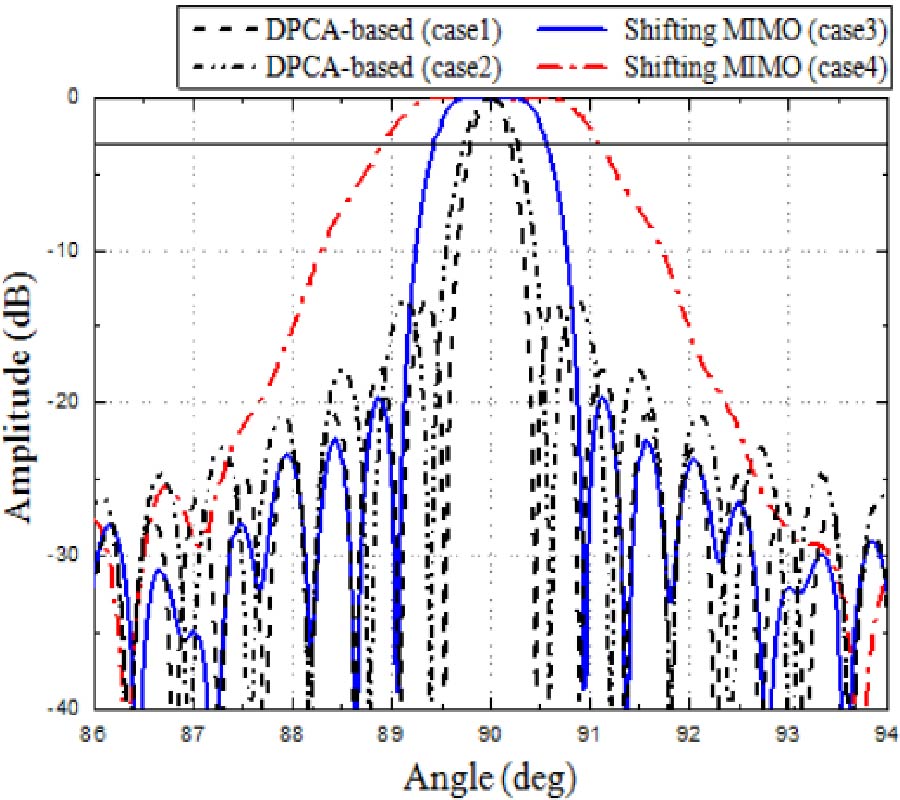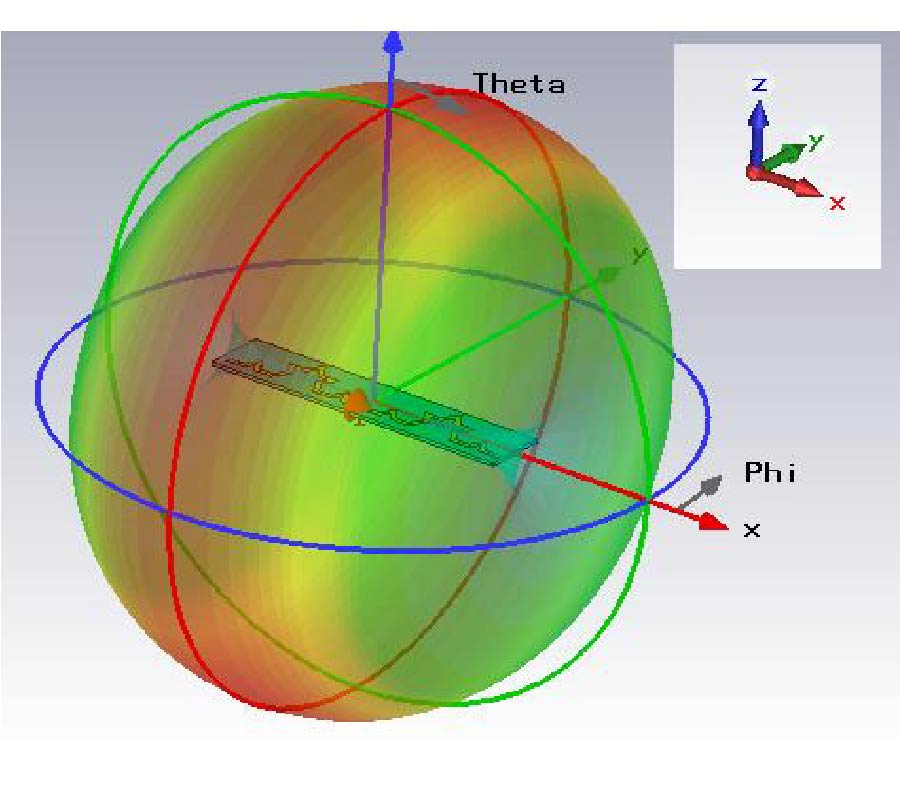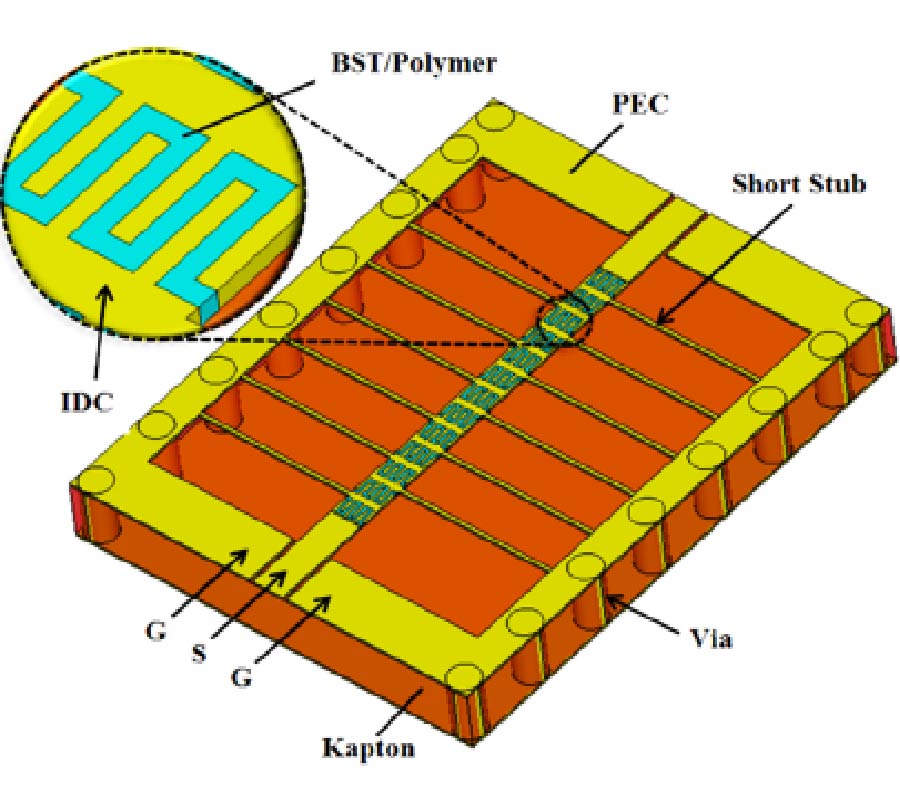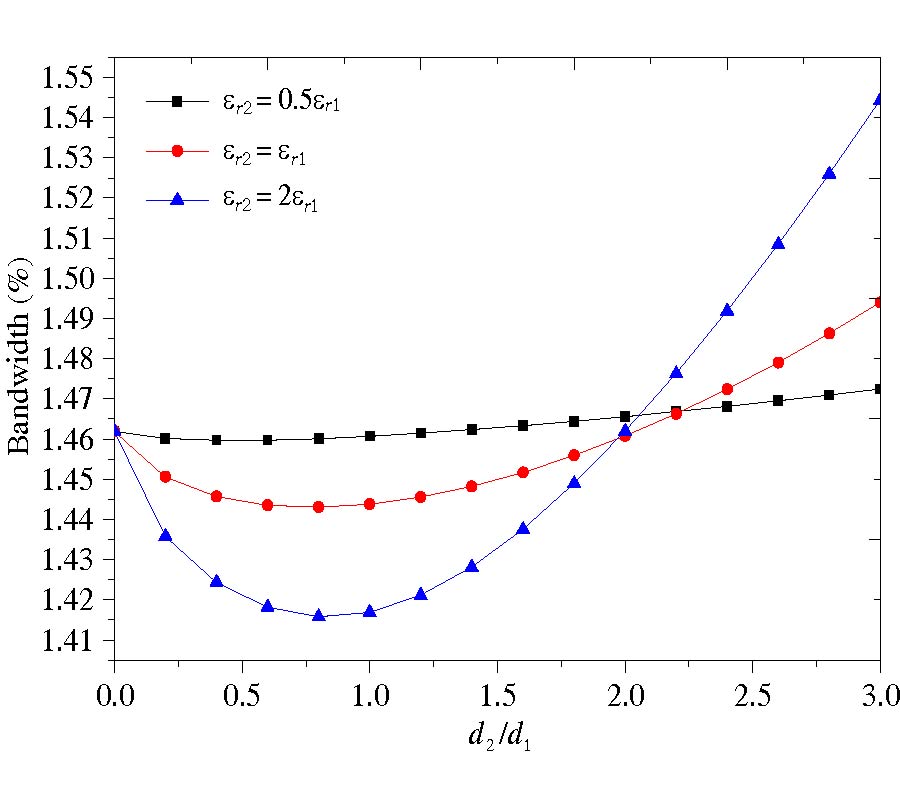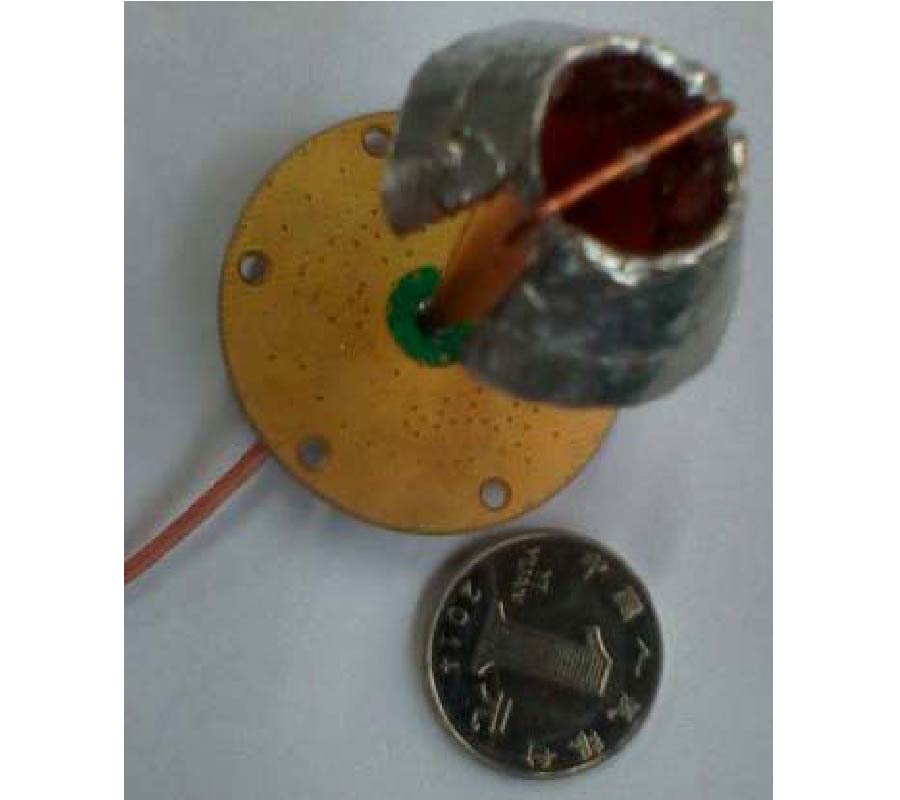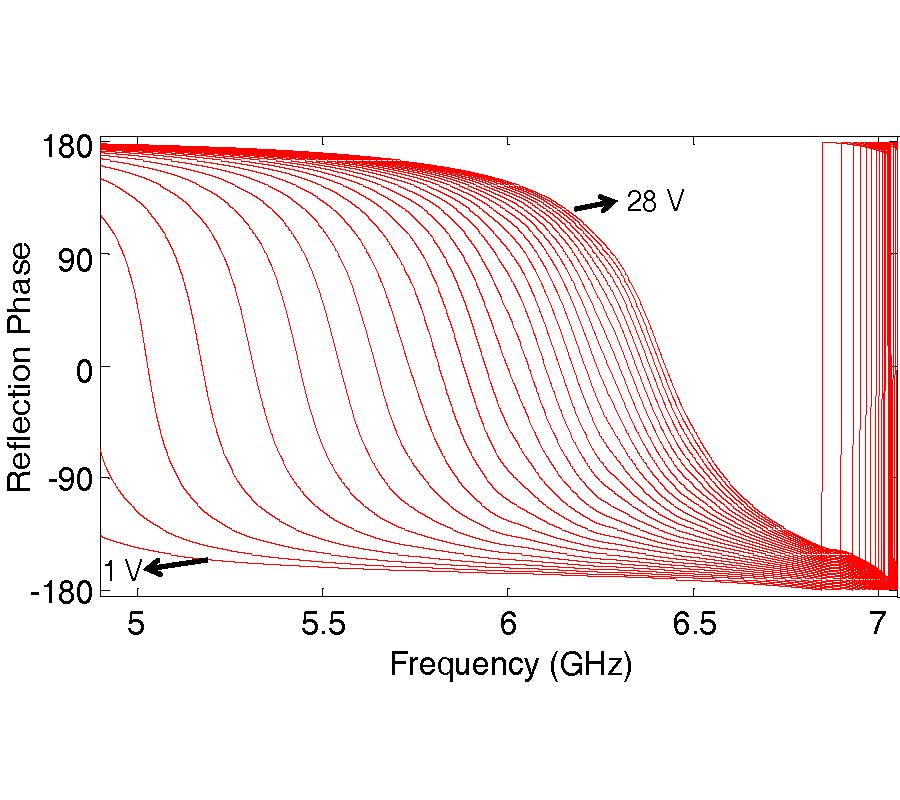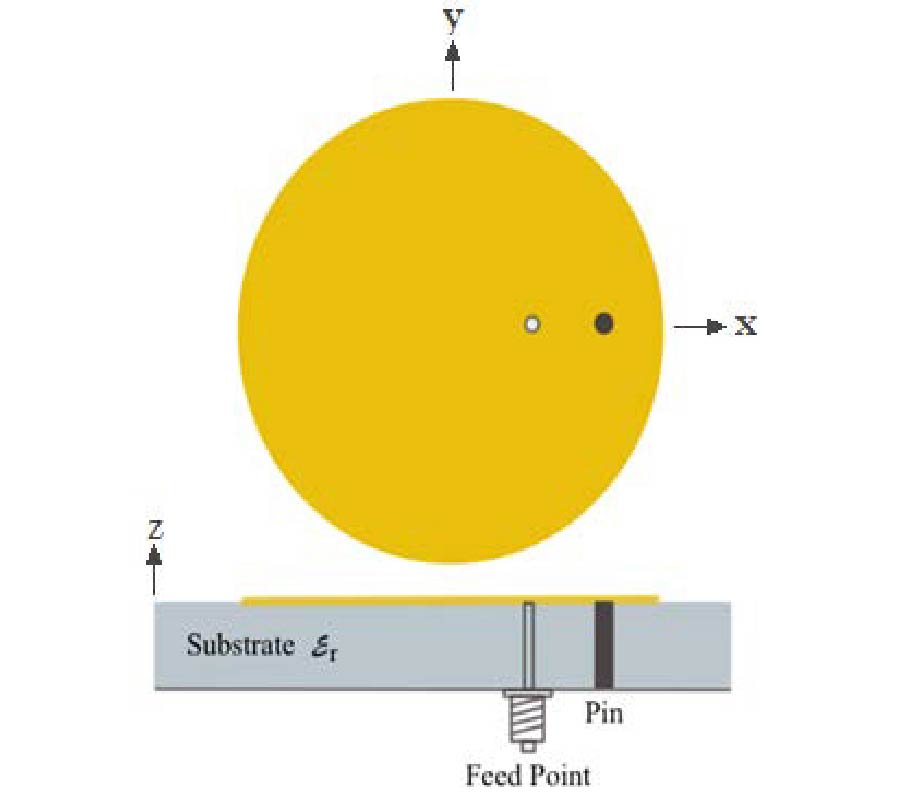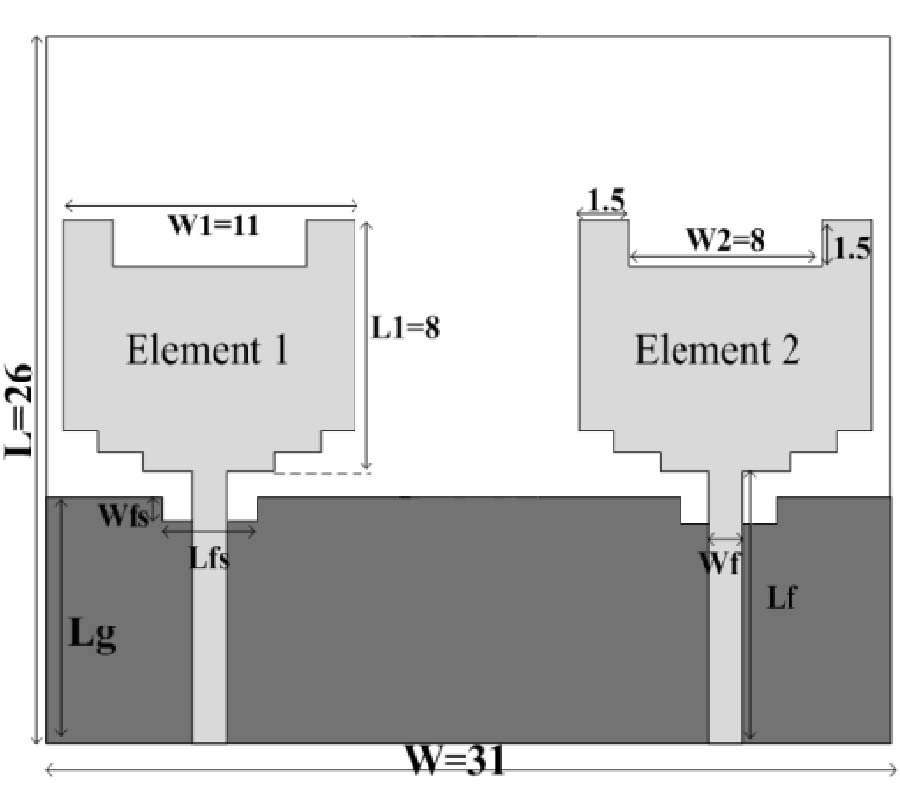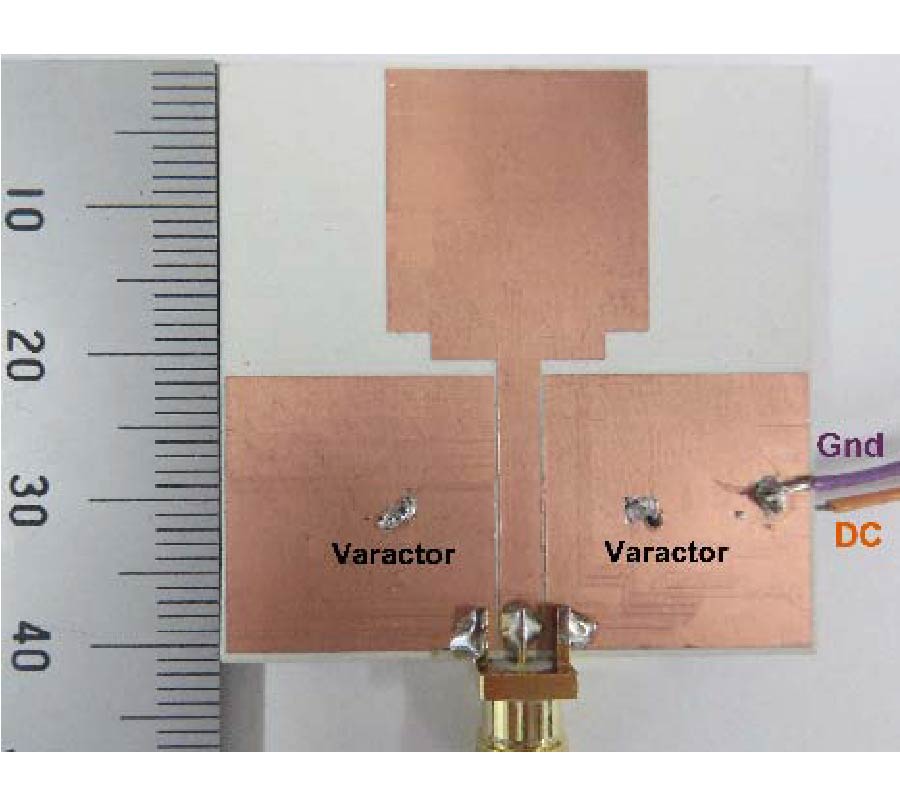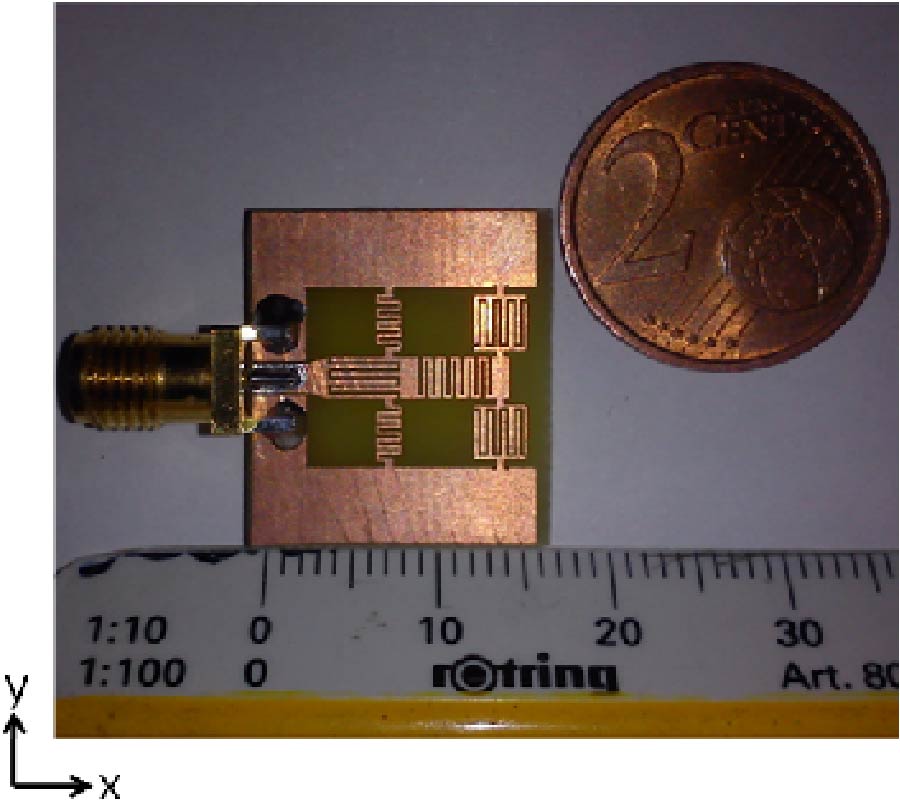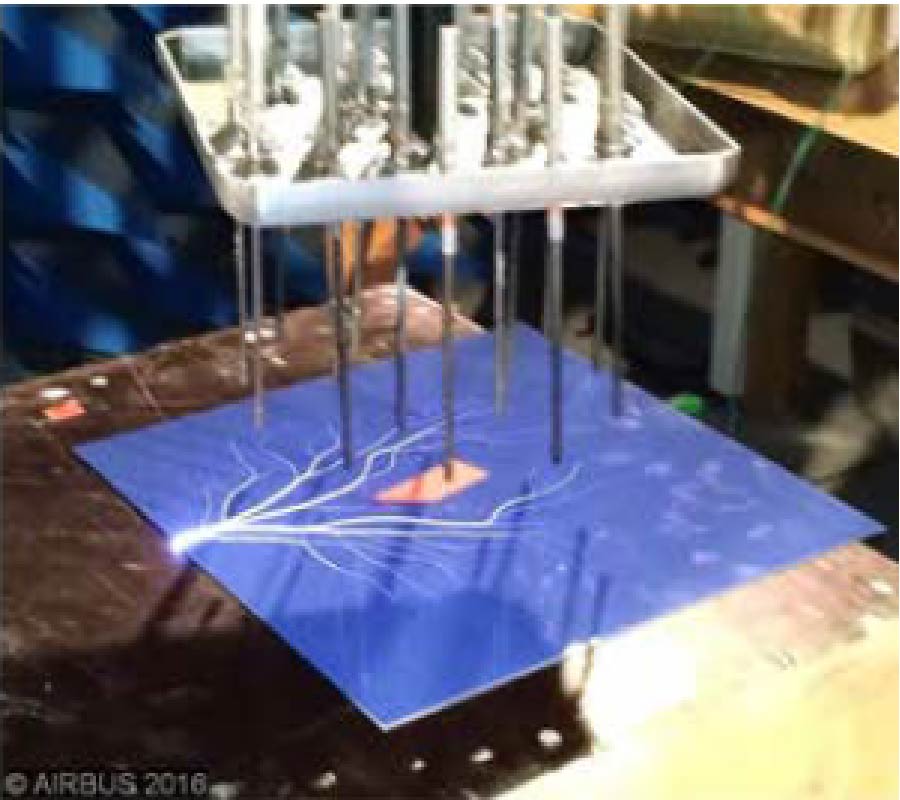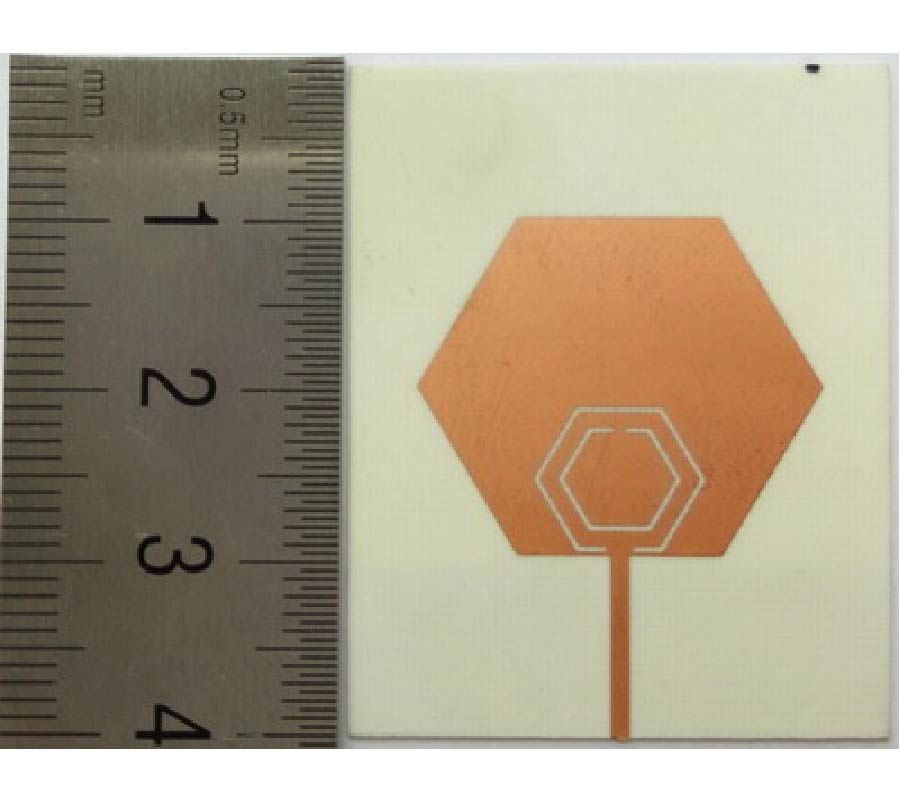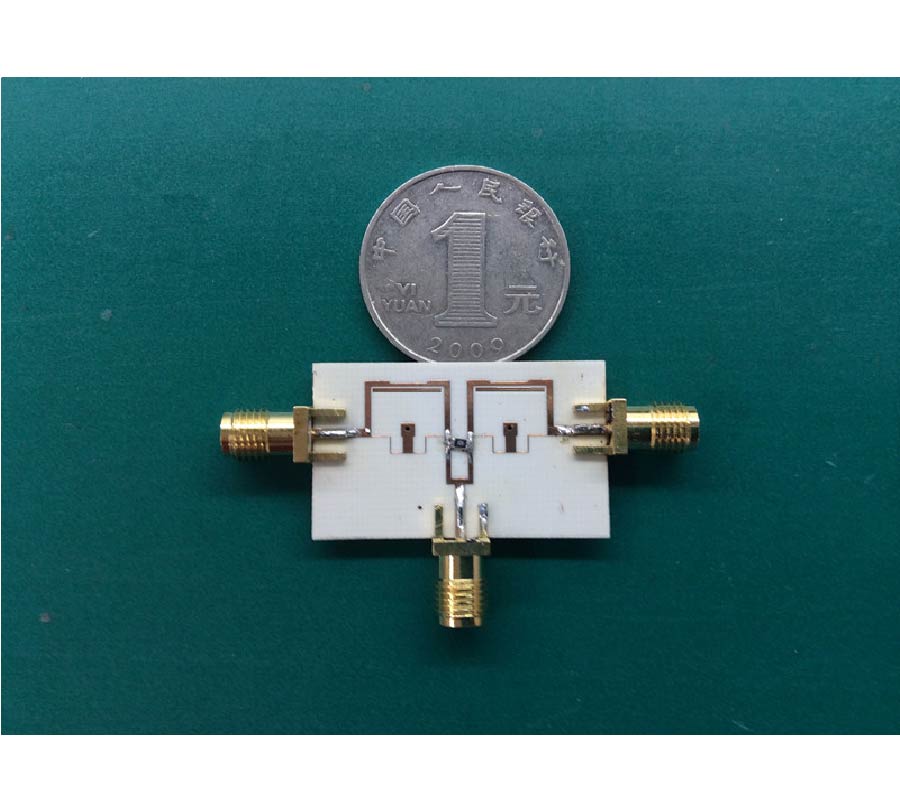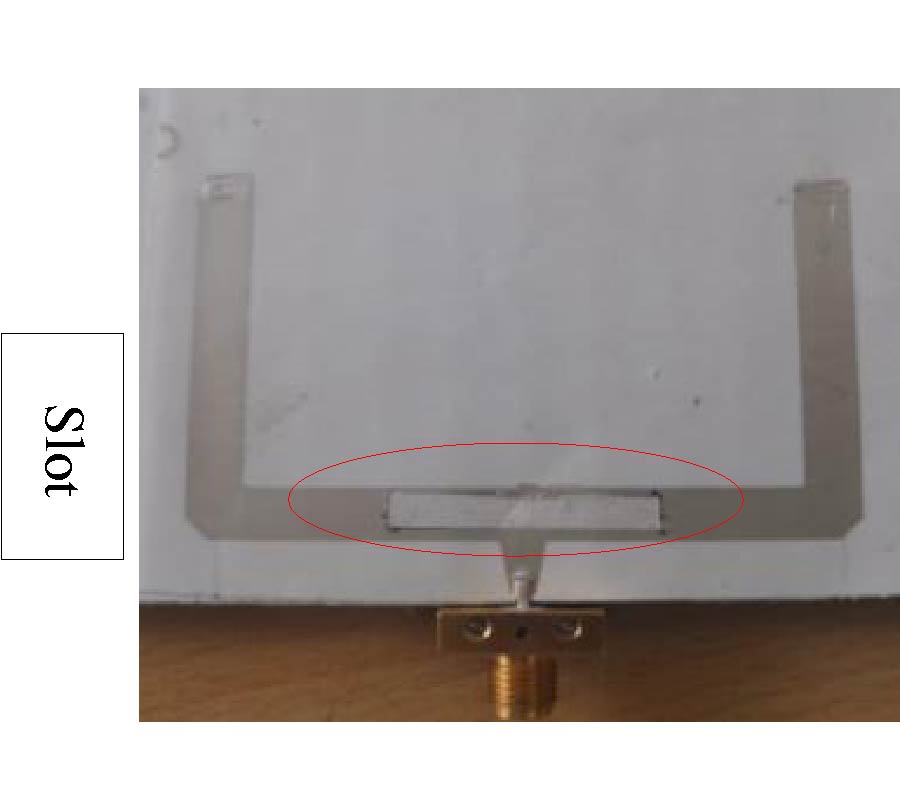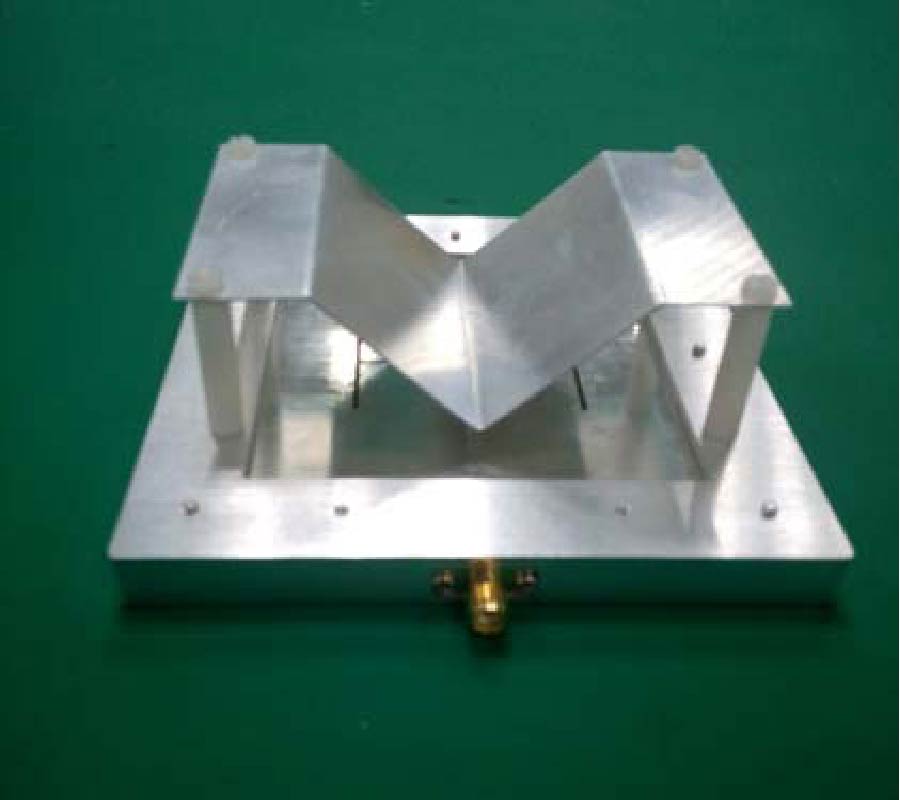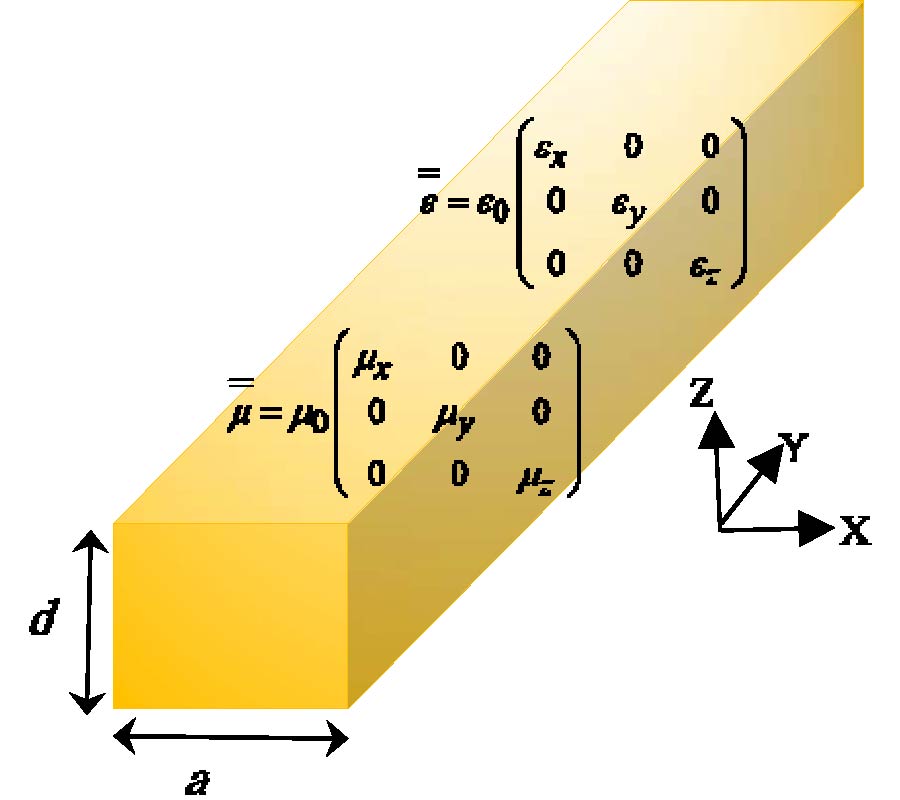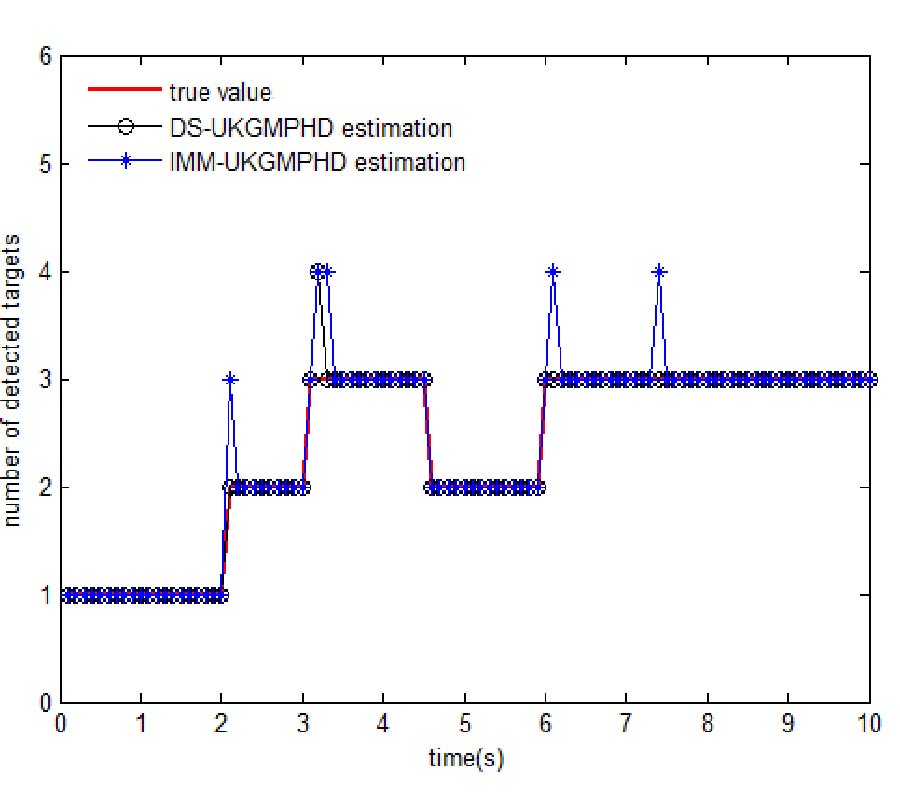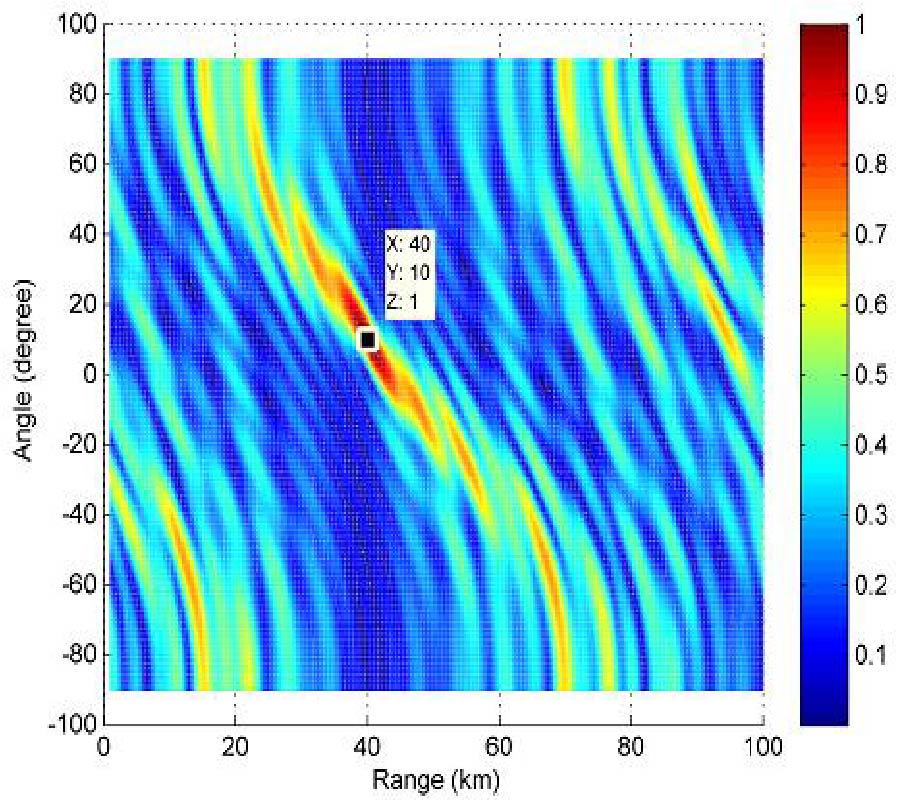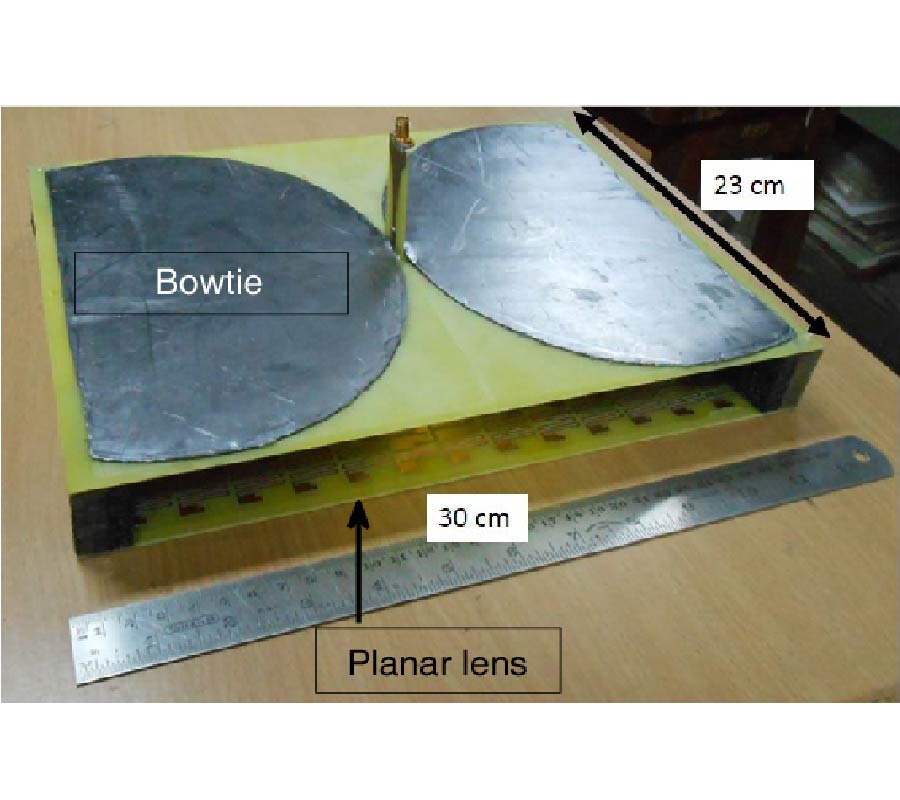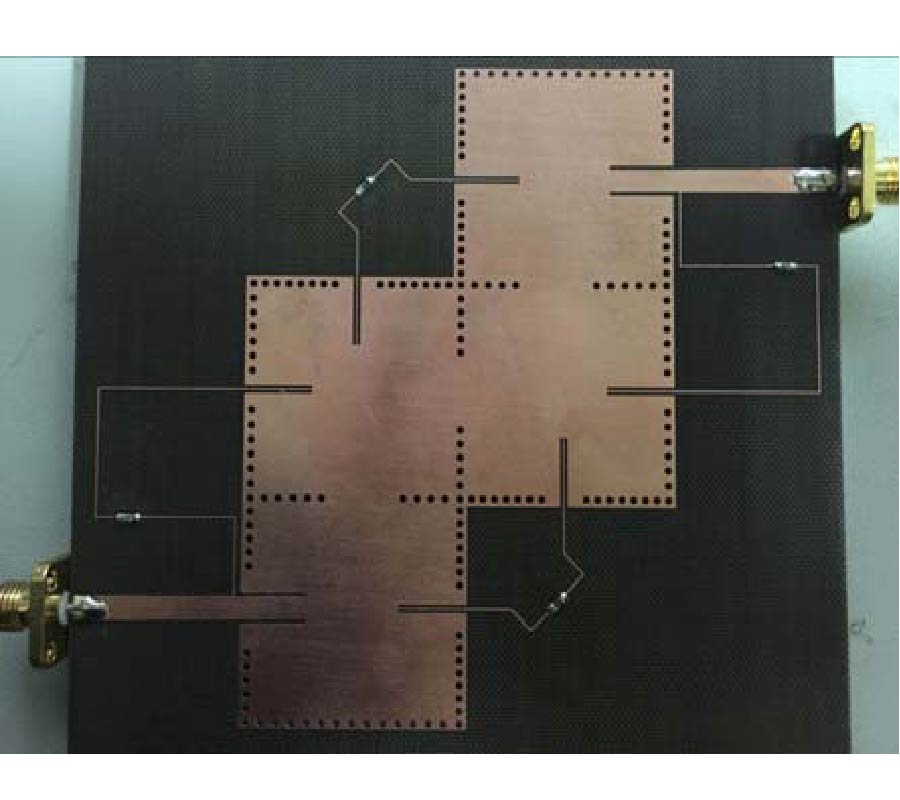Performance Analysis of MIMO-Frequency Diverse Array Radar with Variable Logarithmic Offsets
Wasim Khan
,
Ijaz Mansoor Qureshi
,
Abdul Basit
,
Aqdas Naveed Malik
and
Adnan Umar
Frequency diverse array (FDA) uses a small frequency increment at each antenna element to get a range, angle and time dependent beam pattern. Although linear frequency offset is used in most radar systems, nonlinear frequency offset is also very useful for analyzing FDA radar. A logarithmic frequency offsets based FDA (log-FDA) removes the inherent periodicity of FDA beam pattern to get a single maxima in area of interest. Multiple input multiple output frequency diverse array (MIMO-FDA) radar is also presented recently to provide some improvements compared to FDA radar. In this paper, a new hybrid scheme is proposed in which each subarray of MIMO-FDA uses a variable logarithmic offset. The resultant system, called MIMO-log-FDA, uses not only a different logarithmic offset, but also unique waveform in each subarray. Different logarithmic offsets contributed in terms of getting more control on width of beampattern, while the different waveforms provide diversity, which can be exploited at the receiver of the proposed system. Some improvements in transmit beam patterns have been shown for MIMO-log-FDA, followed by detailed signal model for better estimation of target at the receiving side. Performance analysis is also done in terms of signal to interference plus noise ratio (SINR) and Cramer-Rao lower bound (CRLB). Simulation and results verify the effectiveness of proposed scheme by comparing it with Log-FDA and MIMO-FDA radar.
